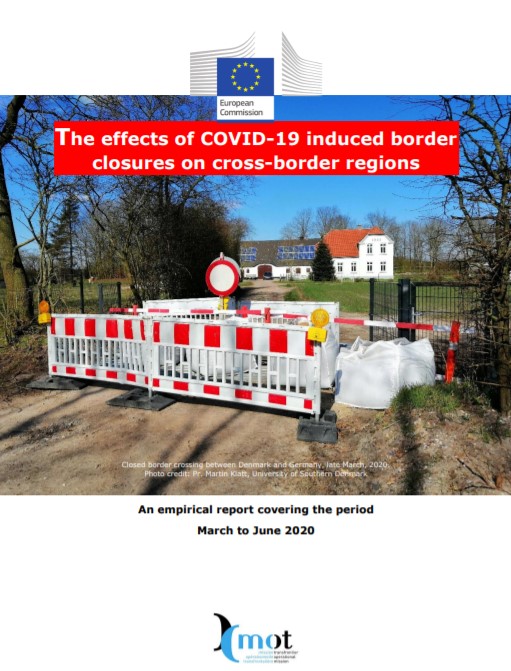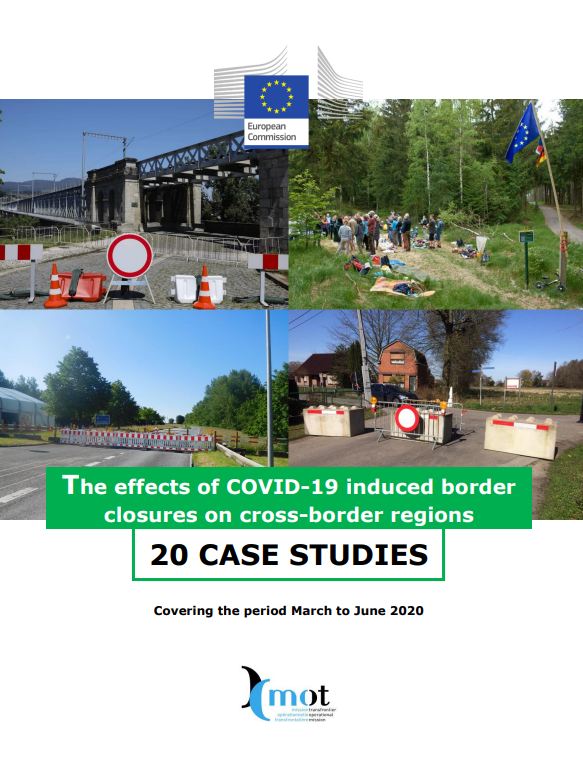First wave of coronavirus pandemic generally caused border closures in the world – in most of the cases even without informing beforehand the neighbouring countries. These measures then caused serious problems to health service provision and economic performance of the given countries. During the second wave, there were rarely any examples of total sealing but the governments still made difficult the free movement by adopting diverse provisions. This phenomenon was challenging especially in the EU where cross-border integration has remarkably progressed, based on the principle of the four freedoms. The objective of our study is to document and analyse the changes along the Hungarian borders – with special emphasis on potential long-term impacts.
The study (in Hungarian) can be read after clicking on the cover below:

The Mission Opérationnelle Transfrontalière (MOT) carried out a study on behalf of DG Regio and in collaboration of CESCI and AEBR on the effects of the restrictions imposed by governments in the first wave of the pandemic (March-June 2020) on the inhabitants of border regions.
The study, entitled “The effects of COVID-19 induced border closures on cross-border regions” comprises two volumes, the first focusing on mapping of the measures taken on national borders both during the lockdown phase and the easing of the lockdowns; an analysis of the very concrete impacts of these measures on the daily lives of the inhabitants of border regions in several areas; an analysis of the role of cross-border structures and agreements during the pandemic; and lessons to be learned from this crisis that has penalised border territories, and recommendations for the future. The second volume consists of a collection of 20 case studies on 20 different borders. Particular attention is given to citizens’ acceptance of the restrictions.

